 It’s a state divided, sibling against sibling, family against family, community against community, city against country.
It’s a state divided, sibling against sibling, family against family, community against community, city against country.
It’s not America under Trump but Queensland yet again confronting the perennial issue of daylight saving.
Queensland alone among the eastern states does not adjust its clocks between late spring and autumn, creating frustration among those who transact regular business with the states who do.
After a brief trial and a referendum in February 1992 Queenslanders rejected the concept after lobbying from the state’s rural rump.
Brisbane’s deputy lord mayor Adrian Schrinner has reprised the issue provoking howls of outrage from opponents.
The difference is most keenly felt in the southeast corner, particularly along the Queensland-NSW border where tourism is a major economic generator.
Gold Coast radio stations give dual time calls, while air travellers from the region’s Coolangatta International Airport are regularly frustrated interpreting departure and arrival times.
Daylight saving is a misnomer.
The length of the day does not vary, despite some vocal critics who claim the whole process is achieved by somehow adding and extra hour’s daylight to the beginning of each day to ensure there is more daylight at the end.
Or perhaps it is added at the end of the day.
They can’t all agree.
The late premier Joh Bjelke-Petersen insisted the “extra” hour’s daylight faded curtains while in an appeal to dairy farmers claimed their cows needed to be milked an hour earlier for the milk to be collected on time.
Perhaps it should be called “summer time adjustment”, a simple practice to move clocks back an hour so people rise and go about their business earlier, then are able to make better use of the end of their day before they retire.
Mainland Australia has four standard time zones, eastern, central, western central and western.
When daylight saving applies there are five, eastern daylight for NSW, Victoria and Tasmania, eastern standard for Queensland, central daylight for South Australia and the Northern Territory, plus western central and western in WA.
Time zones are calculated on longitude.
Given there are 360 degrees and the earth takes 24 hours to rotate east to west around the sun, 15 degrees equate to a one-hour difference in time.
The universal time code reference point is Greenwich, London which is zero degrees longitude.
Australia lies well east of that.
That’s the easy bit.
Australia’s most easterly territory Norfolk Island is roughly 14 degrees from the most easterly mainland point, Cape Byron in northern NSW.
That’s an hour in anyone’s language and it operates its own time zone.
Most international time references set Sydney as the point for EST and EDT.
Sydney is roughly 151 degrees east, Adelaide 138 degrees, a difference of 13 degrees making it a difference of just under an hour in real time, though EST and CST are set 30 minutes apart.
Broken Hill in far south-western NSW is 141 degrees, so just to confuse the issue, as it is closer to Adelaide it operates on CST and CDT in summer.
The land distance between Adelaide and Broken Hill is 500 kilometres.
In far northwest Queensland Mt Isa sits on 139 degrees, technically about 110 kilometres east of Adelaide yet it operates on Queensland time.
It is from Mount Isa the fiercest criticism to daylight saving in Queensland emanates.
State parliamentarian Robbie Katter, scion of the political dynasty which argues without fear or favour the rest of Australia owes the region a fair go, is its most vocal critic.
“People down south need to have a bit of compassion for people up here,” he recently told ABC Brisbane.
Katter fils insisted Mt Isa was the mining powerhouse without which Queensland’s economy would collapse, while not advancing any coherent reason why it should not be included in a Queensland-wide summer time adjustment.
In the time honoured Katter family tradition it appealed to parochial regional self-interest, seasoned with a not very gentle admonition of southern, out-of-touch city elites.
This week the mean daylight hours in Melbourne are 16’ 15”, Adelaide 14’ 48”, Broken Hill 14’ 43”, Brisbane 14’ 23” and Mount Isa 13’ 57”.
Adjusting Mount Isa’s clocks by an hour would mean sunset at 8.52 pm, an hour later than now applies.
Broken Hill seems to survive without any difficulty with a 9.08 pm sunset and more daylight.
Summer time adjustment is a debate Queenslanders need to have but without the disingenuous arguments of the faded curtains brigade.
Time is pressing and waits for no man, not even a Katter.
Ross Eastgate is a Queensland based commentator on political and military affairs.
Join the discussion. Comment below.
Got something to add? Join the discussion and comment below.
Get 10 issues for just $10
Subscribe to The Spectator Australia today for the next 10 magazine issues, plus full online access, for just $10.

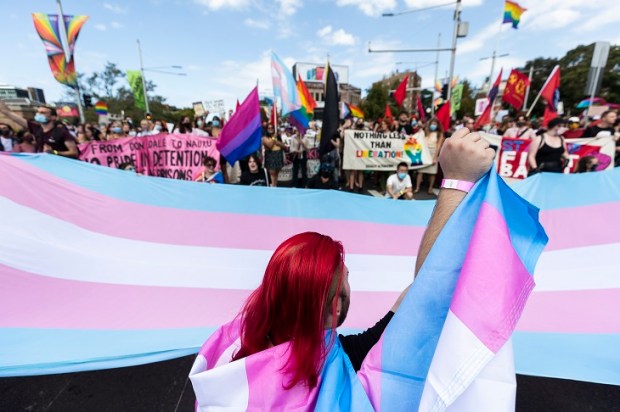
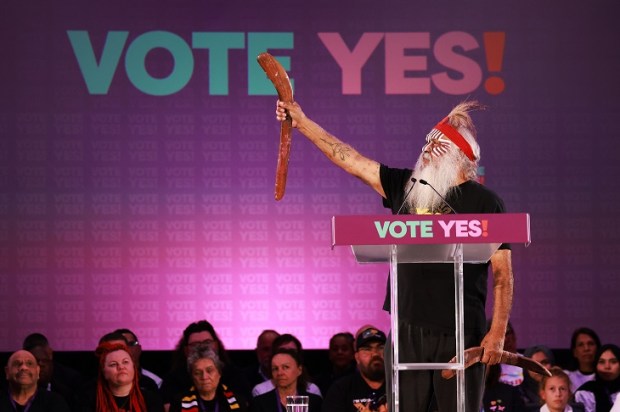
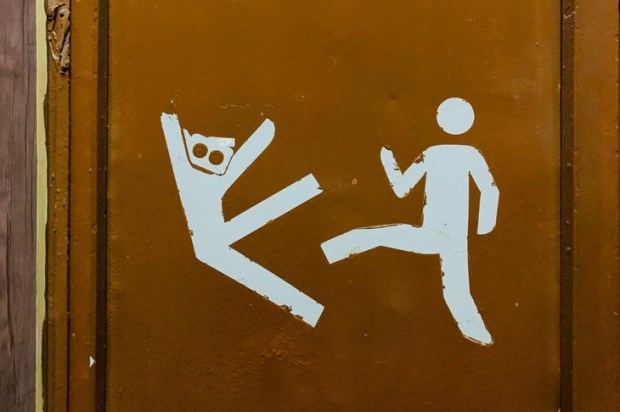
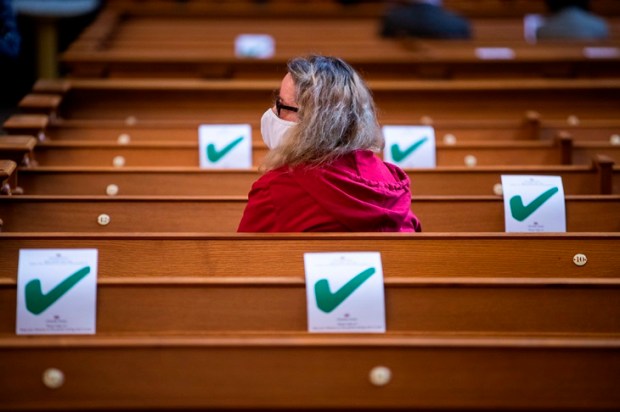

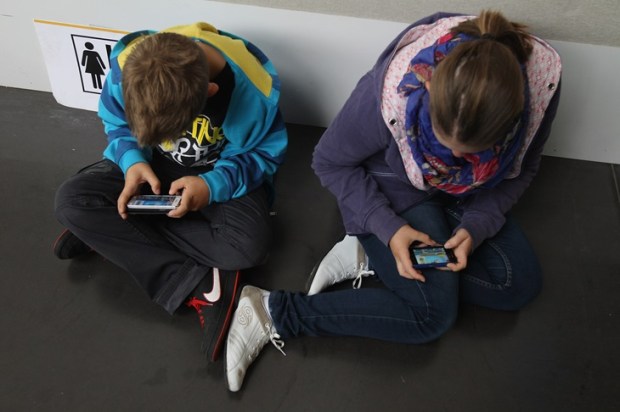


















Comments
Don't miss out
Join the conversation with other Spectator Australia readers. Subscribe to leave a comment.
SUBSCRIBEAlready a subscriber? Log in